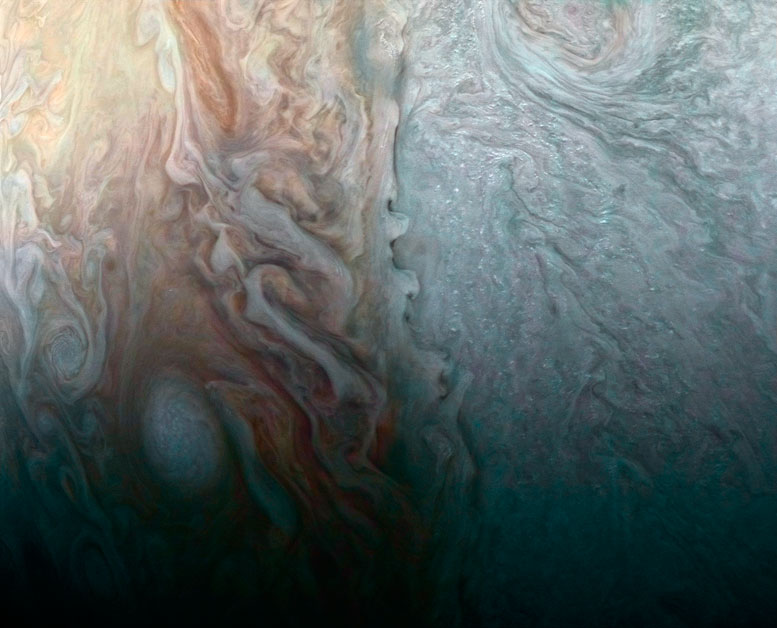
Jupiter’s multiple atmospheric conditions appear to collide. Credit: NASA/JPL-Caltech/SwRI/MSSS/ Roman Tkachenko
NASA’s Juno Spacecraft reveals “beauty and the beast” in a recent flyby of Jupiter.
NASA’s Juno Spacecraft uses the JunoCam imager to highlight features on Jupiter where multiple atmospheric conditions appear to collide.
The image was taken at a distance of 7,900 miles (12,700 kilometers) from the planet on March 27, 2017, as Juno performed a close flyby of Jupiter.
This publicly selected target is called “STB Spectre.” The ghostly bluish streak across the right half of the image is a long-lived storm, one of the few structures perceptible in these whitened latitudes where the south temperate belt of Jupiter would normally be. The egg-shaped spot on the lower left is where incoming small dark spots make a hairpin turn.
The image was processed by Roman Tkachenko, and the description is from John Rogers, the citizen scientist who identified the point of interest.

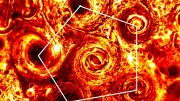
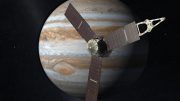
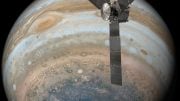
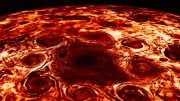
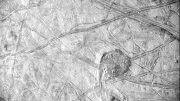
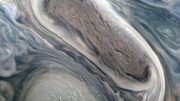
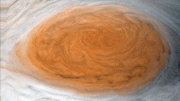
Be the first to comment on "New Juno Spacecraft Image of Jupiter – When Jovian Light and Dark Collide"